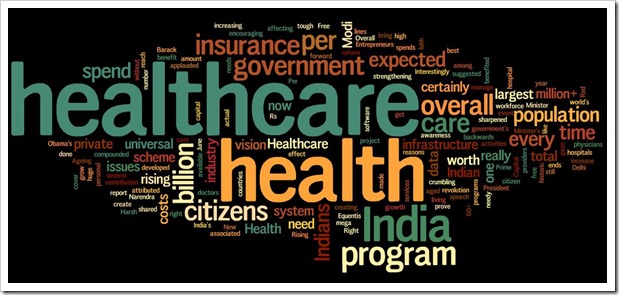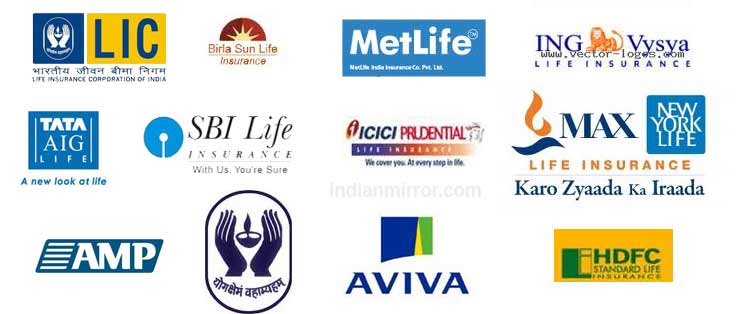In the minds of the New Delhi elite, India’s South Asian
neighbourhood is made up of solely the seven members of South Asian Association
for Regional Cooperation, even though we share no land borders with three of
its members. In the process, we tend to forget that four of our North-East
States — Arunachal Pradesh, Nagaland, Manipur and Mizoram — share a
1,640-kilometre land border with Myanmar.
 |
Scene kya hai ??
- Not
only is Myanmar a member of Bay of Bengal Initiative for Multi-Sectoral
Technical and Economic Cooperation, the Bay of Bengal Grouping linking
Saarc and Association of South East Asian Nations, it is also our gateway
to the fast growing economies of East and Southeast Asia.
- While
successive leaders of Myanmar, who are devout Buddhists, have looked on
India predominantly in spiritual terms, as the Home of Lord Buddha, they
recognise that an economically vibrant India provides a balance to a
growingly assertive China.
- Sadly,
we have not been able to take full advantage of either our shared Buddhist
heritage by facilitating increased pilgrimages, or used our economic
potential effectively to promote our interests.
Past ties with India !!
 |
- Ties
between India and Myanmar have quietly blossomed over the past two
decades.
- Mechanisms
have been built between the militaries and security agencies of the two
countries, which have facilitated cooperation across the border.
- This
has led to taking effective action to deal with cross border insurgencies
and narcotics smuggling.
- Myanmar’s
Information Minister recently reiterated to India’s new Government, his
Government’s readiness to crackdown on Indian insurgent groups like the
United Liberation Front of Asom, PLA (Manipur) and the NSCN-K (Nagaland).
India, in turn, has acted firmly against Myanmar insurgents.
Myanmar in current context !!
 |
- Myanmar
has moved steadily in easing the rigours of military rule, since the
elections that swept President Thein Sein to power in 2011.
- The
military still has a crucial role in national life, as negotiations are in
progress to achieve a comprehensive ceasefire with 16 well armed insurgent
groups, drawn from ethnic non-Burmese minorities.
- This
is no easy task, but is a prelude to negotiations on the highly sensitive
issue of federalism and provincial autonomy for ethnic minority
areas.
Myanmar's growing apprehension against China !!

- After years of bonhomie during military rule, which accompanied its international isolation, Myanmar’s relationship with its largest neighbour China is facing strains.
- China’s Yunnan Province borders the sensitive and insurgency-ridden Kachin and Shan States in Myanmar.
- China has helped significantly in building Myanmar’s infrastructure and equipping its military. India’s fears of Chinese bases in Myanmar were not borne out.
- But, differences between China and Myanmar have grown recently, especially on large projects like the Myistone Dam, which had to be junked, and a proposed railway line, to connect Yunnan to the Bay of Bengal.
- There is also growing opposition to Chinese projects in copper and nickel mining and sentiments expressed that China has taken Myanmar for a ride, on an oil pipeline linking Yunnan to the Bay of Bengal Port of Kyaukphu.
- There are also concerns of Chinese involvement with insurgent groups like the Kachin Independence Army and the United Wa Army, in Shan State.
- Despite
this, border trade across the Yunnan-Myanmar border is booming, reaching
$4.17 billion in 2013, against a mere $35 million of border trade across
the India-Myanmar border, though the ‘unofficial trade’ (smuggling) across
this border is estimated at around $300 million annually.
Attitude of NORTH BLOCK towards Myanmar ?
- India’s
former Ambassador to Myanmar VS Seshadri has authored a recent report
spelling out how India has proceeded tardily in building up connectivity
through Myanmar to Thailand and Vietnam and in securing access of our
landlocked North-East to the Bay of Bengal.
- Our border trade regulations are formulated by mandarins in North Block and Udyog Bhavan, who have no idea either of the ground situation along the India-Myanmar border or the pragmatism that China shows in treating the markets with its neighbours — not as foreign markets, but as extensions of China’s own markets.
- Opening
up such trade will also enable our North-East to meet its growing
requirements of rice, at very competitive rates.
A way forward for India !!
- Unless we learn to look at our neighbours like China does, bearing in mind the inherent strengths of our economy, we can never match the economic influence of China on our borders in the North-East.
- The new Minister for North Eastern Affairs, General VK Singh, has long experience of the North-East. One hopes that as a pragmatist, he will liberalise procedures and practises and permit trade across borders with Myanmar in currencies traders mutually agree upon.
- Vehicles should move freely across the borders on roads now envisaged through Myanmar, to Thailand and Vietnam.
 |
- Moreover,
the ‘Kaladan Multimodal Corridor’ linking our North-eastern States through
the Port of Sittwe in Myanmar will be useful only if Sittwe becomes the
key port for India-Myanmar trade.
India's minimal success as far as Myanmar is concerned !!
- India
has done remarkably well in projects in Myanmar intended for the
development of human resources. It has played the lead role in the
establishment of the Myanmar Institute of Information Technology, an
Advanced Centre for Agricultural Research and Education, an Agricultural
University and welcomed many Myanmar professionals for training in its
medical and engineering institutions.
How India kept on missing OPPURTUNITIES in past to harness
MYANMAR !!
- But,
we would be less than honest if we did not admit that in project and
investment cooperation, our record has been tardy and has not exactly
enhanced our image as a modern, emerging economy. After having secured
exploration rights for gas in the Bay of Bengal, we conducted our project
planning and diplomacy so clumsily that we did not have a strategy ready
for taking the gas to India through a pipeline across Myanmar and our
North-East, or as LNG. China deftly stepped in and took away all this gas,
expeditiously building a pipeline to its Yunnan Province.
- In
the mid-1990s, Myanmar offered us hydro-electric projects with a potential
of over 1000 MW, across rivers near our borders. We took years to
scrutinise these projects, which companies in South Korea earlier offered
to construct. After nearly two decades, we backed off. Our private
companies have similarly not been able to avail offers of land for
plantations across Myanmar. India was offered hundreds of acres of land
for agriculture, and bamboo plantations for making paper pulp, close to
its borders.
- Two
private sector companies signed the Memoranda of Understanding with their
Myanmar counterparts. But Myanmar officials found that our private sector
was even more bureaucratic than our Government organisations. India lost
access to huge bamboo resources to a Thai company, which clinched a deal
in weeks- something our companies could not achieve for nearly two
decades.









